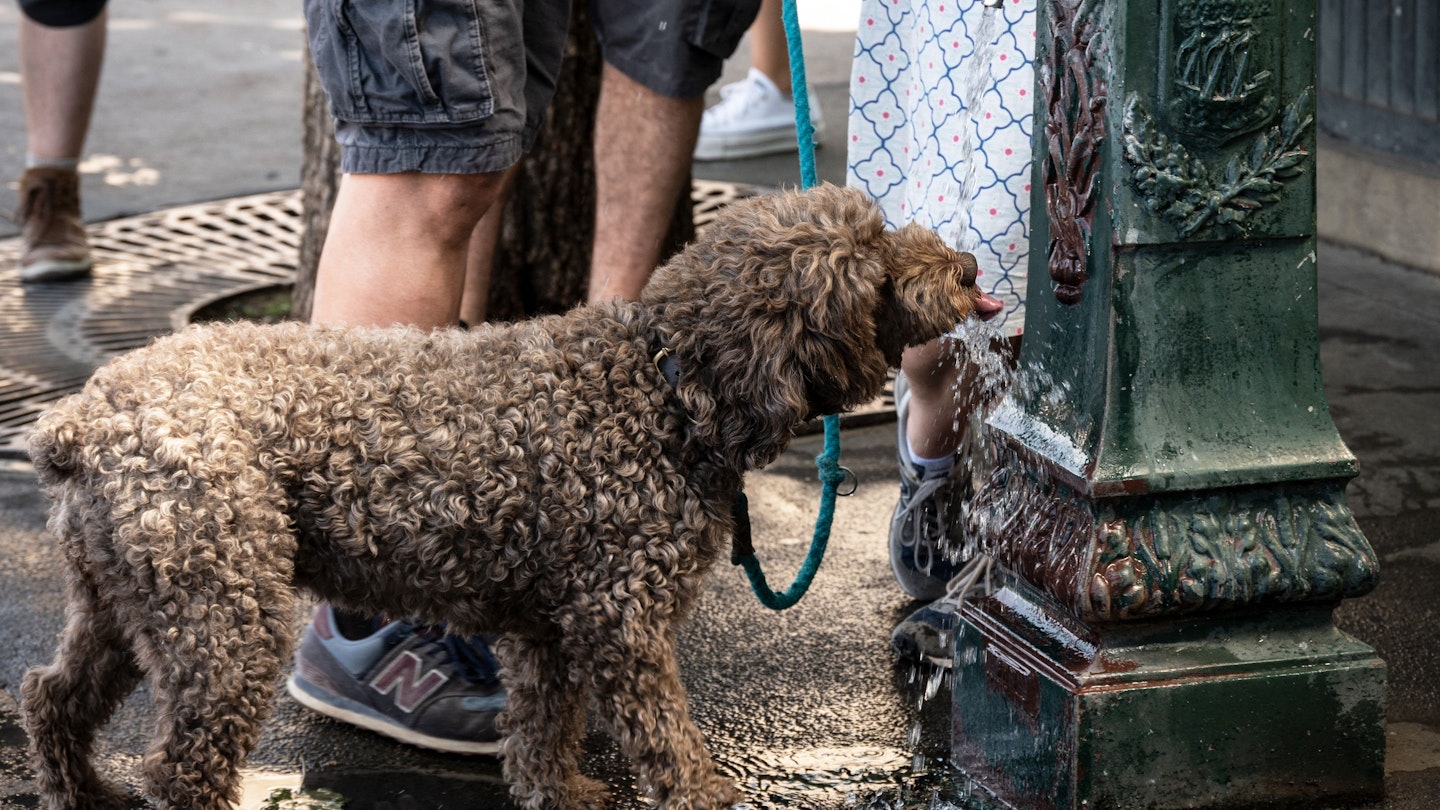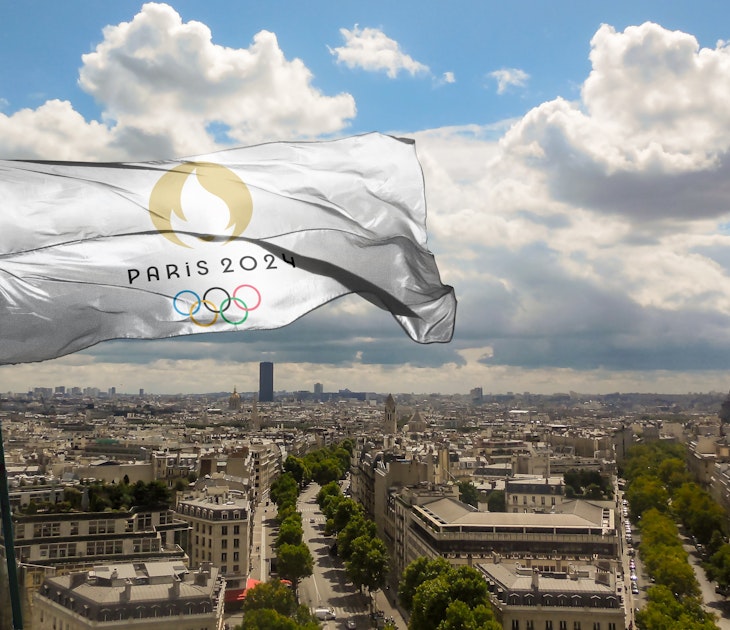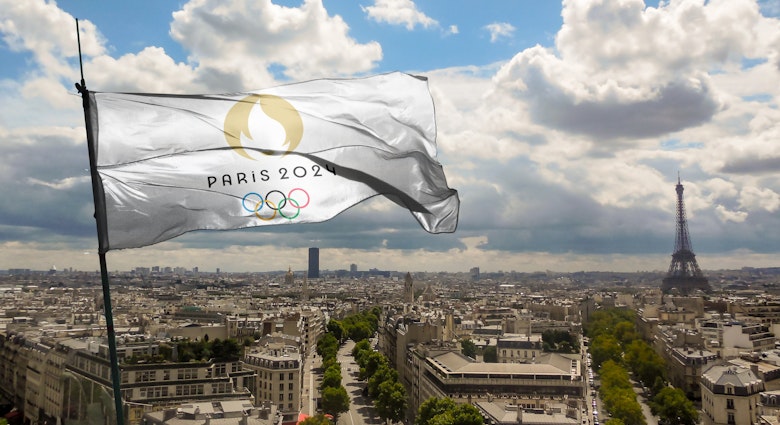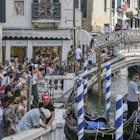Parts of the United States and Europe are suffering under blistering temperatures as another round of record-breaking heatwaves takes hold of the northern hemisphere. Here's what you need to know about the current heatwaves, when they might end, and how to stay cool on the road.
The National Weather Service (NWS) is continuing to issue excessive heat alerts this week, with temperatures especially punishing across the southwest and central areas of the US, with no indication yet as to when triple-digit temperatures and humidity will dip. Temperatures are also scorching in the northeast region with Amtrak warning of service disruptions as the heat causes the rails and overhead wires to expand.
Countries in Western Europe are facing similar problems as the region faces its second heatwave in less than a month, threatening glaciers in the Alps and worsening drought conditions across the continent. In southwest France wildfires are raging as the country continues to break heat records, following the hottest June on record in France since 1850. Towns near Bordeaux have been placed on high alert with thousands of people evacuated this week as wildfires take hold of an area the size of Paris in Gironde.

Elsewhere Spain is experiencing "suffocating" temperatures and wildfires along the Portuguese border. The hottest provinces are Andalusia, Extremadura, and Galicia, where temperatures are climbing to about 113 degrees Fahrenheit (45 degrees Celcius). Weather forecasters predict temperatures could ease this week, but they will continue to rise in parts of France and the UK.
The frequency of heatwaves this year has been linked to climate change, with the UK Met Office confirming that this "historic, even unprecedented" season of high temperatures will likely continue for the rest of the summer. Germany, Switzerland, Poland, and other European countries are bracing themselves for hotter than average temperatures in July, and officials are urging visitors to take precautions to stay cool.
But with heat records breaking worldwide amid the climate crisis, it's harder than ever to stay cool on the road, especially in places where air conditioning is sparse, and buildings aren't designed for frequent and prolonged hot weather. But beyond loose clothing in natural fibers and drinking a lot of water, how else can you keep cool while still enjoying your trip?
Bring a fan, a battery pack… and a mini spritz bottle
My number one tip for anyone, especially on planes, is to buy a USB fan plugging into your external battery pack. My favorite is the Arctic Breeze Mobile — it's got a bendy neck, and the blades are rigid for a decent balance of noise and air movement. It's also a lifesaver in stuffy hotel rooms.
I also bring a mini-spritz bottle to fill with water in the summertime. It's much more economical and environmental than those spray cans of Evian water. Spray your face and let the fan dry it to really cool off.
And if you're taking a road trip? Have a serious think about whether you can pack a small desk fan from home or even invest in one if you happen to be on the ground overseas for a while. Hotels usually won't have enough to go round, and if you can pop it in the back of the car as you motor from place to place, it's a godsend at night.

Travel early in the day, and siesta, siesta, siesta
Whether you're flying, taking the train, hopping on a bus, or on a road trip: travel early. It's a bit tricky if you're jetlagged and already need to reset your body clock, especially if you're headed east, but the mornings are the coolest times to travel, and any disruption from the hot weather will be minimized.
You'll also have more space in the schedule to catch up with any delays, rather than getting stuck somewhere you don't want to be. (If that happens, though, try to make the most of it and explore wherever you end up.) And think about breaking the day in two with a proper siesta, where you head back to your (hopefully nice and cool) hotel room, have a snooze, a shower, and then make the most of the rest of your day. It's essential that your body can cool off for at least a couple of hours a day.
Pick a plane with air vents
Look, I started the #WeWantAirVents movement on Twitter, and I know how hard it is to find them. As a rule, the older and smaller a plane is, the more likely it is to still have one of those overhead nozzles that will blow cool air onto your head.
So, if you have a choice in the summer, pick a smaller plane like an Airbus A220 or A320, or a Boeing 737, or a comfortable regional jet like an Embraer E170 E175, E190, or E195. Planes aren't guaranteed, and there will doubtless be exceptions, but I certainly like to be able to have cool air blowing on me when it's hot.
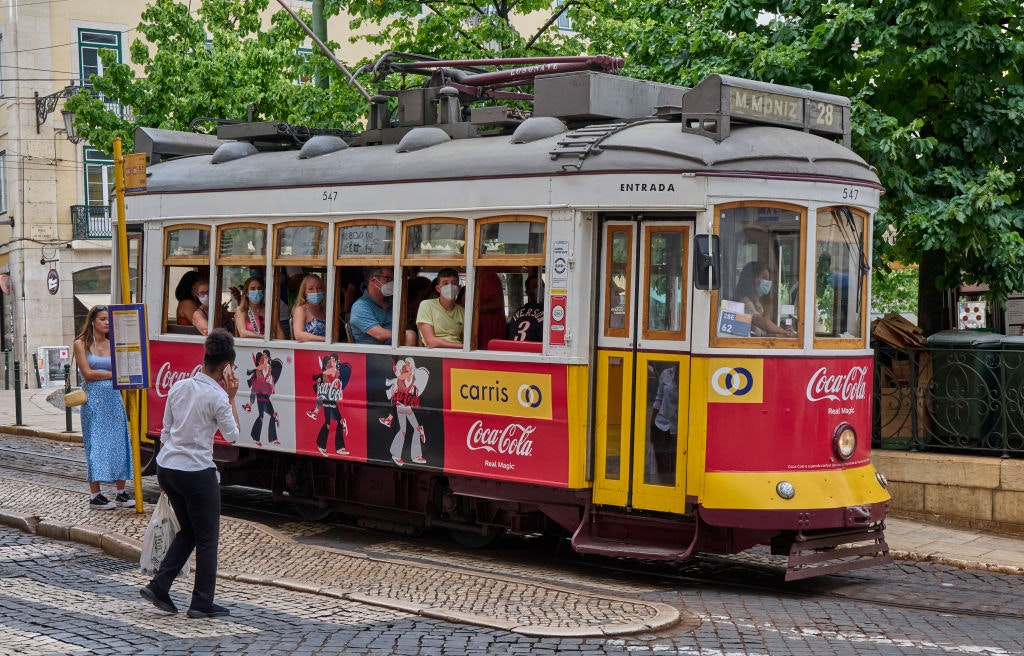
Pack a handkerchief… and a shirt
One of the things I love most about Japan is that everyone carries their own handkerchief. This is great for mopping your brow rather than bothering with tissues that will get stuck to your forehead and disintegrate. It can be used to dry your hands in a public loo as well and is also handy if it gets really hot. Either wet it and drape it over your head and neck or even wet it and pop it into the freezer to get nice and cool.
If you can, stick a spare shirt into your bag for the day. There's nothing quite so pleasant when you're feeling sticky and gross as being able to swap out the shirt you're wearing closest to your skin for a dry one.
Always bring a bottle… of water
We all know that drinking alcohol during a heatwave is a bad idea, and drinking water is a good idea. But, especially when going through security, you can't bring a big filled bottle, and it's crazy expensive on the plane. If I know it's going to be hot, I'll bring a big empty bottle in my carry-on and then fill it post-security.
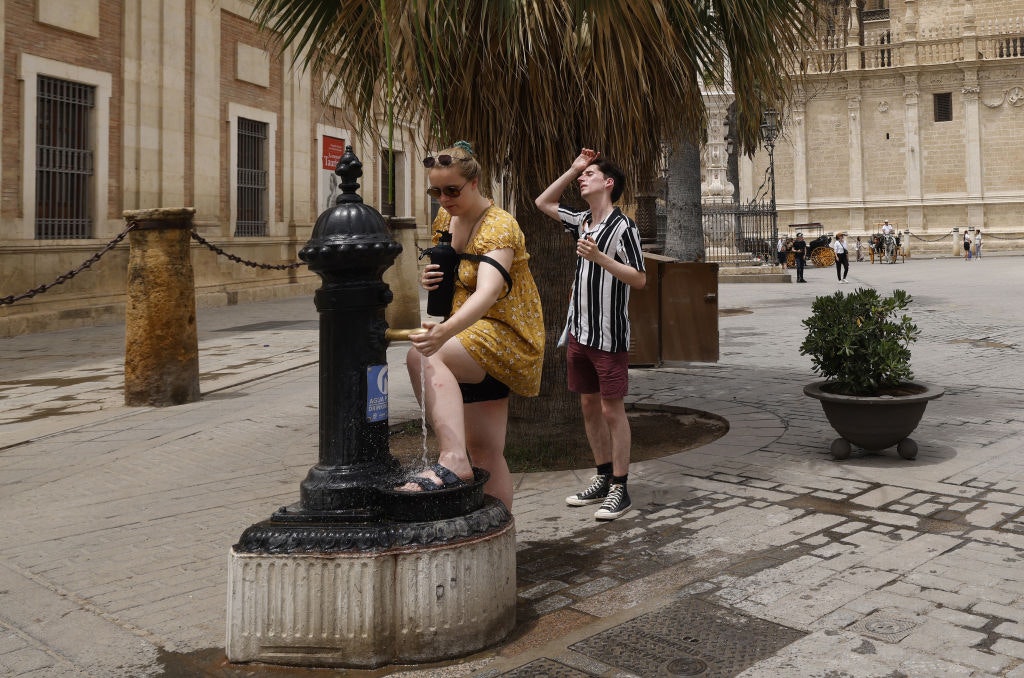
Don't expect free water or for bottles to be widely available
I find it weird in Germany that water is sometimes not served free with meals or drinks. I recall a sweltering summer's day in Hamburg when visiting a beer bar with some friends, and I absolutely needed a large glass of water. Nope, it was buy the five euro half-liter bottle or nothing.
And even living in France, it's always weird to me how few shops here have a fridge with bottles of water compared with other countries. So, be prepared: fill your bottle when you leave in the morning and whenever possible.
Pick a hotel with AC, but try and ensure it has an actual unit
Ah, the joys of figuring out whether a European hotel is lying when it says it has air conditioning. Those useless tiny vents in the wall that blow stuffy air out? Not air conditioning, although they're legally allowed to be called that. And there's usually no useful way to open a window enough to help either.
The trick is to check out room pictures and online reviews to see if an actual unit is visible. You'll need to ensure you're looking at the right room category, but there's a point at which you'll probably be happy to wallow in cool air for a bit.
Bonus tip: choose a low-floor room on the north or east side of the hotel (in the northern hemisphere; south or east in the southern) so that you get morning sun or none at all. And draw those blackout blinds before you leave for the day!
Shower multiple times a day, including at the airport
You know that feeling when you shower in lukewarm or cool water, and you feel the water warming up as it sluices down your body? That's an excellent way to cool off.
An increasing number of airports now have showers even without getting into a lounge, but honestly, in the summertime, having the chance to knock back a couple of liters of water and sit down in a nice excellent spot can be worth the lounge entry price. Please don't feel the need to dry your hair thoroughly, either: it's a perfect way to wick heat away from the body, so consider wetting it during the day to deal with the heat.
Good luck — and stay cool!
John Walton is an international aviation journalist. He welcomes feedback and comments on Twitter (@thatjohn) or via email to john@walton.travel.

